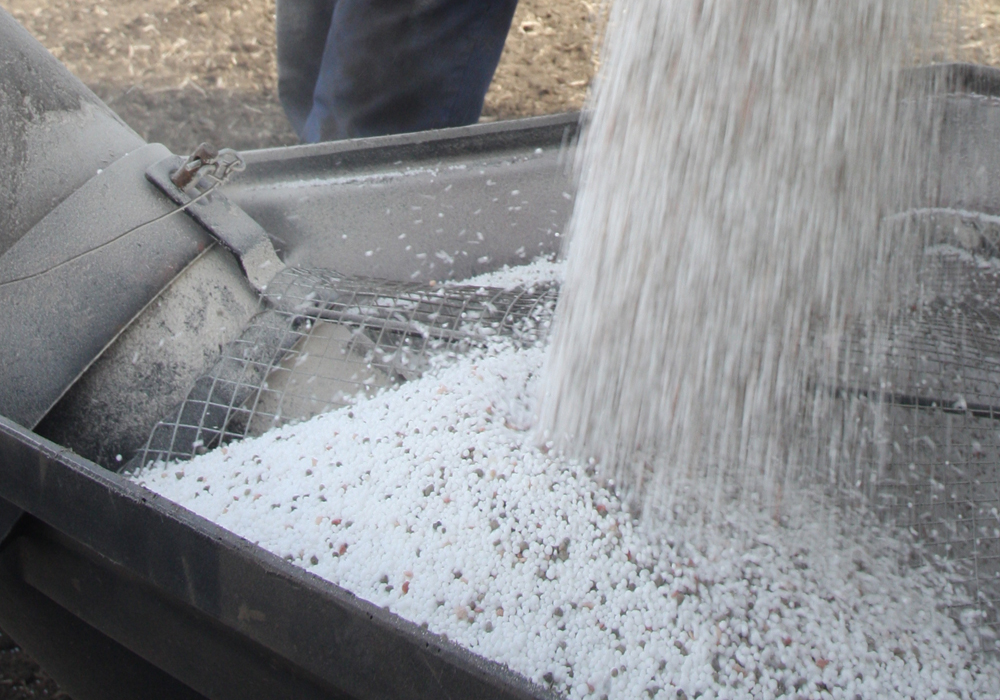Figuring out fertilizer following a year of drought is a good news and bad news situation, says crop adviser Jack Payne.
The bad news is that crop yield has suffered. The good news is that reduced uptake of fertilizer is likely to reduce needed rates in the next growing season. Soil nitrogen that might ordinarily be lost to leaching or denitrification due to dry conditions is instead locked in a time capsule.
Payne, an adviser with Federated Co-op, said some parts of the Prairies, southern Alberta in particular, have seen three consecutive drought years so fertilizer uptake in some cases is minimal.
Read Also

New Alberta funding for program hopes to further unlock agritourism industry in province
Alberta Farm Fresh Producers Association is launching a new initiative thanks to $300,000 of provincial funding to bolster Alberta’s smaller scale family farms and agritourism sector.
“If we’re taking soil tests, normally we should start to see some elevated nitrogen levels because one, there hasn’t been crop removal and secondly, we’re not seeing the losses that we would normally see in wet years due to denitrification or leaching.”
High nitrogen levels can persist for a few years, said Payne, depending on conditions in subsequent crop years. As well, soil pH may decrease and the level of soluble salts increase after a drought because normal soil processes stimulated by moisture are not occurring.
A decline in pH might also be accompanied by a short-term increase in available phosphate. Potassium levels can also be unexpectedly low, so producers should examine their soil tests to check those trends.
“After a drought the variability may actually be exacerbated and increased, so this is probably a prime time to be thinking about variable rate. It’s a good time to think about zone sampling or managing your nutrients using a VR strategy,” said Payne.
Dry conditions also present challenges in soil sampling. It is more difficult to control sampling depth and proper collection of soil cores, leading to greater sampling error.
Payne said yield maps and drone imagery can help determine crop variability so producers can visualize zones when it comes to nutrient management. More core samples per zone followed by careful analysis of soil tests will also help.
He also cautioned against the use of “miracle products” that promise help for crops in drought conditions.
“Good agronomy will always prevail,” he said, noting producers can expect greater nutrient variability in their fields following a drought.
“Predicting nutrient levels after a drought is a bit of a crap shoot.”
Payne was one of several speakers at a Nov. 13 nutrient management event organized by Lethbridge County and Lethbridge College.
















